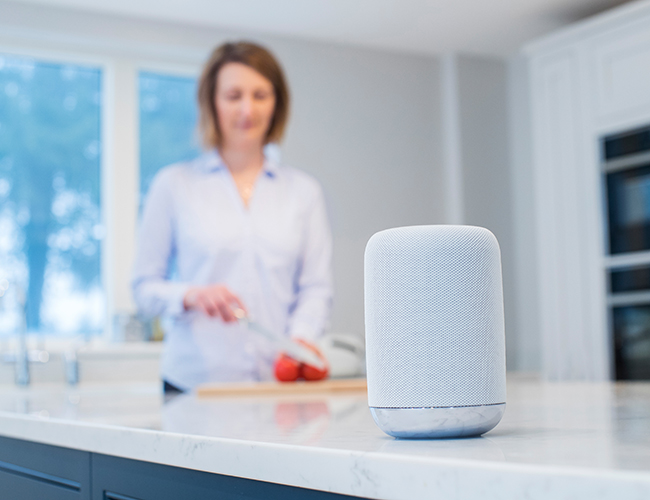Smart speaker voice search strategy is essential for any eCommerce business as Alexa has become a household name and a powerful influence in brands’ online revenue success.
OC&C Strategy Consultants found that Alexa-enabled smart speaker voice search devices occupy about 10 percent of US households. Smart speakers currently account for $2 billion in annual sales today and that number is expected to grow to $40 billion in four years.
The smart speaker has created a new unexplored realm of marketing, potentially posing the biggest challenge for brands since the onset of eCommerce. Nathaniel Meyerson at CNN Money explains the distinct issues brands face with smart speakers and how to make smart speaker voice search work for you.
The Power of Amazon’s Choice
For decades, people went to the grocery store or big-box retailers to buy their products, and manufacturers knew how to build brand awareness with logos, packaging, and advertising. Online shopping upended all of that, but companies could still pay to be seen on the first page results of a Google or Amazon search. Now, voice search presents new problems as it directs purchasers to specific products through more narrowly defined algorithms.
When you shop on Alexa, you have the option to order a product from a specific brand, or order a general product. If you say, “Alexa, order me toothpaste,” the voice assistant will automatically order from a brand based on your past Amazon purchases. If this is your first time ordering toothpaste, Alexa will recommend products based on its proprietary algorithms.
Recommended products will usually have an Amazon’s Choice badge, according to a study by L2, a business analytics firm. Amazon Choice designations rarely change over time and the company doesn’t disclose the exact algorithms used to determine them, making it difficult for brands to earn Choice status. Amazon also doesn’t offer an option to purchase the designation.
How to Win the Smart Speaker Voice Search Game
In order to get your products featured on voice recommendations, first revamp your advertising strategies to increase brand loyalty, so Alexa simply offers to reorder your products based on previous orders. For organic search results, focus on smart speaker voice search optimization to ensure your product descriptions are relevant, easily categorized, and match up with how your audience requests those products.
The best way to capture voice search recommendations is to keep brand names short and memorable, so consumers view them as synonymous with the products. For example, brands like Scotch Tape, Kleenex, and Febreze will most likely benefit the most from smart speaker voice search because of their strong brand identities and loyal customers. It also helps to have a narrow range of product options, so consumers aren’t confused by several sizes, colors, and other variations.
When you’ve got your brand identity optimized for Alexa, your final step is to train your audience. Start asking customers to search for your products through specific voice commands on Alexa to make your products easier to find. For example, General Mills would ask shoppers through advertising to say, “Alexa, order me Cheerios,” instead of “Order me cereal.” Once your products become a regular order through Amazon, Alexa will offer your product first instead of your competitor’s.







